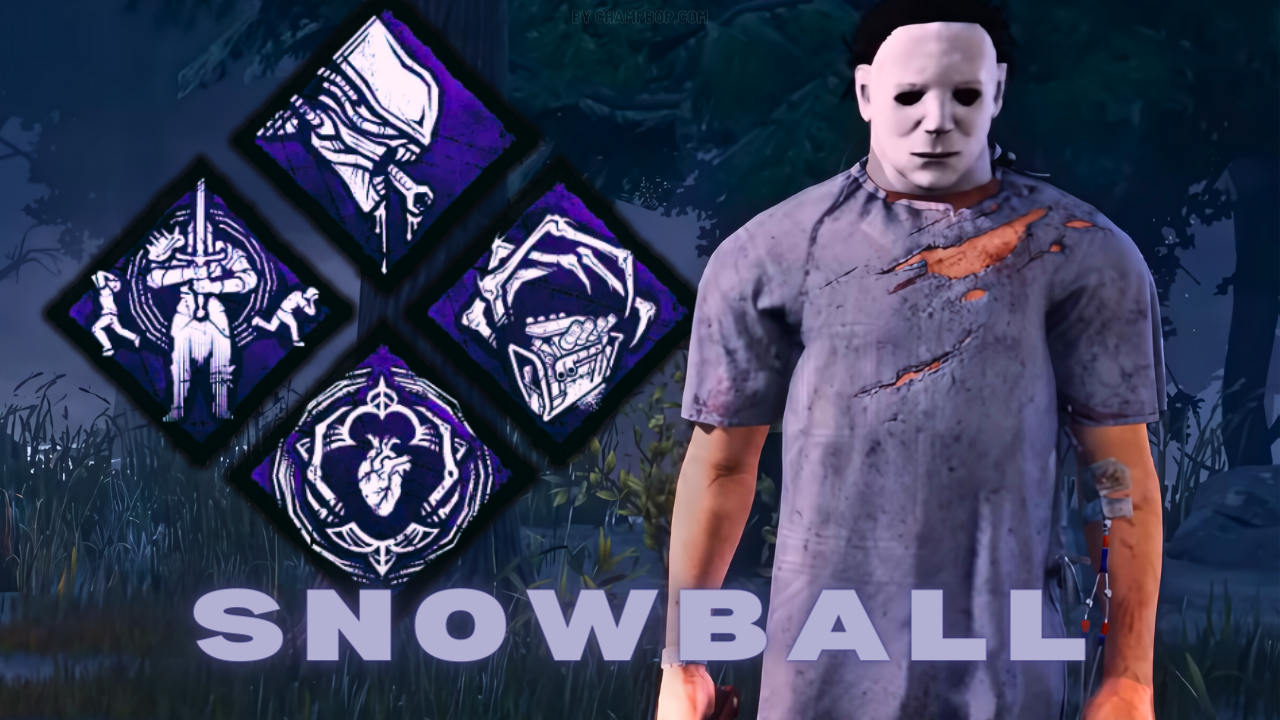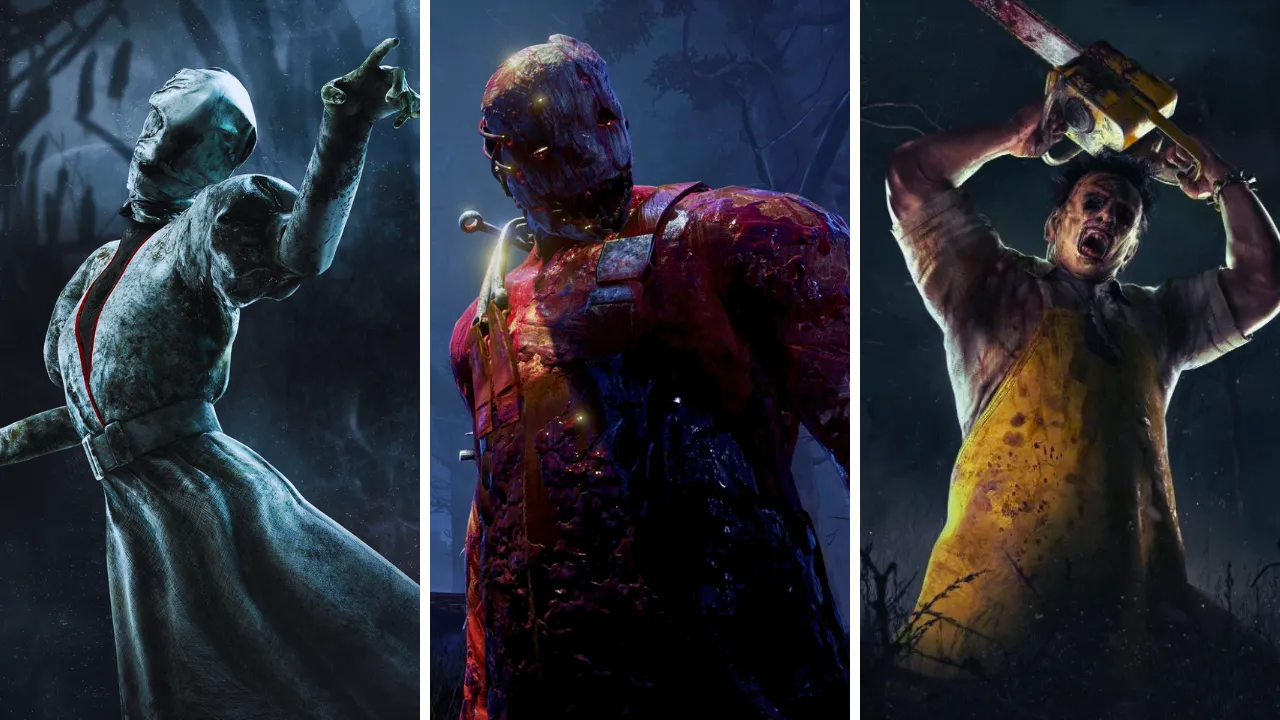
Hearthstone Battlegrounds is an exciting eight-player auto-battler game mode in Hearthstone. If you’ve enjoyed games like Team Fight Tactics or Auto Chess, you’re likely to enjoy this mode as well. This Hearthstone Battlegrounds Guide provides comprehensive resources to help you start and improve your game.
1. Understand the Basics

Objective: Be the last player standing in your lobby.
Heroes and Hero Powers:
In Hearthstone Battlegrounds, you choose a hero with a special power that can impact your strategy in the game. These hero powers vary widely, from generating tokens to buffing minions or even manipulating the tavern. Hover over each hero to learn about their specific power and how it can benefit your gameplay.
Phases:
The game is divided into two main phases: recruit and combat. During the recruiting phase, you’ll spend gold to recruit minions from Bob’s Tavern, assembling your team.
During combat, your minions fight against another player’s minions. The result decides if you damage opponents or get damaged. The game ends when a player’s health reaches zero, making survival the main focus.
2. Managing Gold and Minions

Gold Management:
At the beginning of the game, you start with 3 gold. Each turn, your total goes up by 1 until it reaches a maximum of 10. This gold is your primary resource, and managing it effectively is one of the keys to winning. Wisely allocating your gold allows you to recruit powerful minions, upgrade your tavern tier, and adapt to evolving strategies.
Recruiting Minions:
Recruiting minions is essential for building a strong team capable of surviving battles and outlasting opponents. To recruit a minion, simply drag it from Bob’s Tavern onto your hero portrait, expending 3 gold in the process.
Once recruited, you can place minions onto the board by dragging them from your hand. If you don’t need a minion anymore, you can sell it back to Bob for 1 gold. To do this, just drag the minion to Bob’s icon.
3. Tavern Tiers and Minion Tribes

Tavern Tiers:
Upgrading your tavern tier is a critical strategy in Hearthstone Battlegrounds. By spending the indicated amount of gold next to Bartender Bob, you can elevate your tavern tier. Each upgrade provides access to more powerful minions, allowing you to strengthen your warband progressively. The higher the tavern tier, the stronger the minions you can recruit.
Minion Tribes:
To build a strong warband in Hearthstone Battlegrounds, it is important to understand and use the strengths of each minion type.
Pirates:
- Strengths: Pirates focus on generating gold and rapidly playing minions to build momentum.
- Weaknesses: Pirates have a hard time scaling without Cap’n Hoggarr, especially against faster tribes like Mechs. They also lack reliable ways to deal with Divine Shield minions, making them vulnerable to strong opponents.
Demons:
- Strengths: Demons excel in creating large, static minions, often with taunts and sacrificial mechanics. They can trade health for powerful minions and buffs.
- Weaknesses: Many powerful Demons are only available at higher tavern tiers, making early-game survival challenging. The high-risk, high-reward nature often doesn’t pay off consistently.
Quillboar:
- Strengths: Quillboars utilize blood gems for buffs, offering a unique mechanic that can enhance minions significantly. They have access to various keywords like Frenzy, Divine Shield, Taunt, and Windfury.
- Weaknesses: Quillboars have difficulty obtaining Blood Gems early on. They also struggle to cooperate effectively with other tribes. As a result, they rely heavily on luck.
Undead:
- Strengths: The Undead focuses on the Reborn ability, allowing minions to return to battle with one health. This can be powerful when combined with Deathrattles, leading to strong late-game synergies.
- Weaknesses: They lack early-game buffs, making it difficult to survive until their powerful late-game cards come into play.
Naga:
- Strengths: Naga has access to keywords such as Taunt, Windfury, and Divine Shield, and their Spellcraft mechanic provides versatile buffs each round.
- Weaknesses: They struggle to scale effectively into the mid-to-late game, often falling behind other tribes with stronger growth potential.
Dragons:
- Strengths: Dragons excel with Divine Shields and Battlecries, offering strong scaling potential. Their divine shields can absorb hits, giving them extra durability.
- Weaknesses: Dragons require careful planning in the early game as their strength ramps up significantly later on, making early survival challenging.
Beasts:
- Strengths: Beasts focus on buffs during combat and can create overwhelming synergies, especially with cards like Monstrous Macaw and Baron Rivendare.
- Weaknesses: Setting up powerful Beast synergies, such as the Leapfrogger build, takes time, and players may be vulnerable before these synergies come together.
Murlocs:
- Strengths: Murlocs have flexible in-hand buffing mechanics and can scale quickly. They have powerful cards like Brann Bronzebeard that can double battlecry effects.
- Weaknesses: Murlocs rely on accumulating significant stats and potentially poisonous abilities, but without proper setup, they can be easily countered.
Elementals:
- Strengths: Elementals boast incredible scaling potential, with many minions buffing each other whenever an Elemental is played. They can quickly amass large stats and have access to cleave mechanics.
- Weaknesses: Elementals require strategic play to maximize their buffs and can be vulnerable if they don’t snowball early.
Mechs:
- Strengths: Mechs use the Magnetic mechanic to combine stats and effects, creating versatile and powerful minions. They have access to Divine Shields, Deathrattles, Taunt, and Cleave.
- Weaknesses: While powerful, Mechs require careful management of their Magnetic mechanic to optimize their board, and misplays can lead to suboptimal setups.
4. Early Game Strategy

To optimize your early game in Hearthstone Battlegrounds, follow this structured pattern for the first seven turns. This approach ensures efficient use of gold and timely tavern level-ups, setting you up for success:
Turn 1: Buy a minion. Ideally, choose one that summons another minion upon death. This extra minion, often called a “token minion,” can be crucial for your economy in the subsequent turns.
Turn 2: Upgrade your tavern tier. This costs 4 gold. Upgrading early increases the quality of minions available in the tavern, which can give you a significant advantage.
Turn 3: Utilize your token minion from Turn 1. Sell it to gain an extra gold, giving you 6 gold in total. With this, you can buy two more minions. If you didn’t get a token minion, consider selling your current minion or refreshing Bob’s Tavern for 1 gold to find better options. However, rolling in the early game is generally not recommended as the minions available now won’t be as powerful later.
Turn 4: With 6 gold available, buy two more minions. Focus on minions with high stats to dominate the early battles.
Turn 5: You now have 7 gold. Use this to buy one minion and upgrade your tavern tier again. Balancing minion purchases and tier upgrades ensures you don’t fall behind in minion quality.
Turn 6: At this point, you have 8 gold. This turn is flexible based on your current board and minion synergies:
- Synergy Builds: If you have minions that work well together, continue building on that synergy.
- Triples: If you have pairs of the same minion, consider searching for a third to create a golden minion, which provides a significant power boost and a reward minion from a higher tier.
- Better Minions: Upgrade your board by replacing weaker minions with stronger ones.
Turn 7: You’ll have 9 gold. Buy a minion and upgrade your tavern tier. This is the last turn in this early game pattern, setting you up with a stronger board and higher-tier minions for the mid-game.
Following this pattern provides a solid foundation, allowing you to adapt to the game’s flow and the minions available in the tavern. Keep in mind that while this strategy is generally effective, specific hero powers or game circumstances might necessitate deviations.
Adapting to the Game
After Turn 7, you need to shift your strategy based on the evolving state of the game:
- Synergies and Tribes: While having a synergy build is ideal, don’t get tunnel vision. Adapt your build to the best minions available.
- Tempo Minions: In the early game, prioritize minions with high stats for tempo over perfect synergies. This ensures you survive and thrive in the mid-game.
- Flexibility: Be ready to sell and replace minions as you level up and access higher-tier minions. Flexibility is key to adapting to stronger opponents.
5. Mid-Game Strategy and Flexibility

As you progress into the mid-game, adapting your strategy becomes essential. Here’s how to navigate this crucial phase:
Adapt Your Build: While it’s tempting to aim for a pure synergy build, this is often unrealistic. The key to success in Hearthstone Battlegrounds lies in flexibility.
Don’t tunnel vision into one specific build early on. Instead, stay open to changing your strategy based on the minions you are offered and the game state. If you commit too early to a single tribe, you might find yourself unable to adapt when better opportunities arise.
Prioritize Tempo: In the mid-game, your primary focus should be on maintaining tempo. This means putting as many stats on the board as possible to keep up with or surpass your opponents. Early-game stats are crucial because they allow you to win or draw battles, minimizing the damage you take. Even if the minions you buy don’t perfectly fit into your long-term plan, having a strong board in the mid-game can give you the breathing room to pivot later.
Risk and Commitment: Knowing when to take risks or commit to a strategy is a skill that develops over time. Sometimes, levelling up your tavern tier earlier than usual can pay off if you think you can handle a potentially stronger opponent. Other times, going for a triple and discovering a higher-tier minion can swing the game in your favour.
The balance between risk and commitment is what makes the mid-game exciting and challenging. As you gain more experience, you’ll start recognizing patterns and develop a sense of the best times to take these risks.


